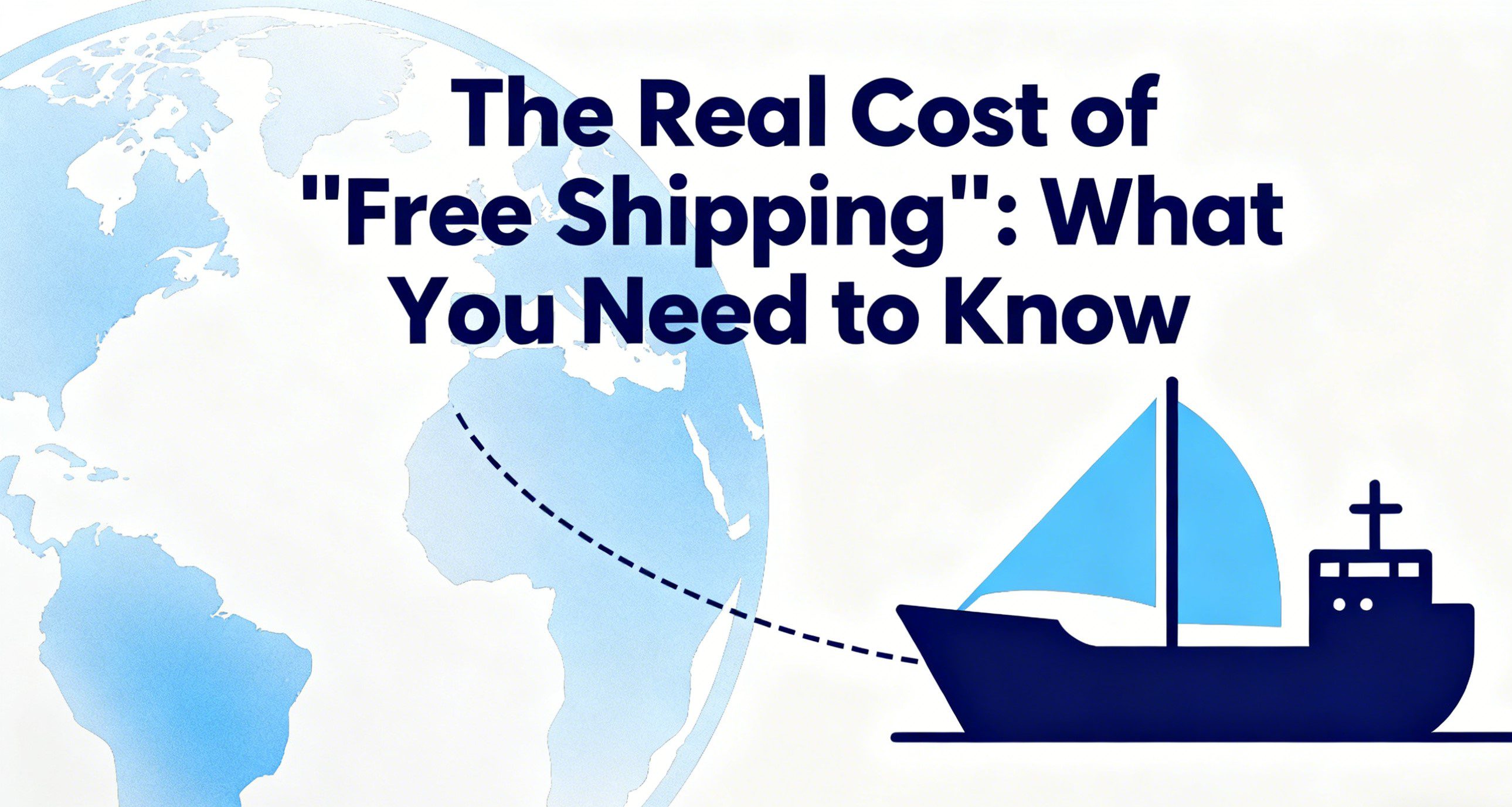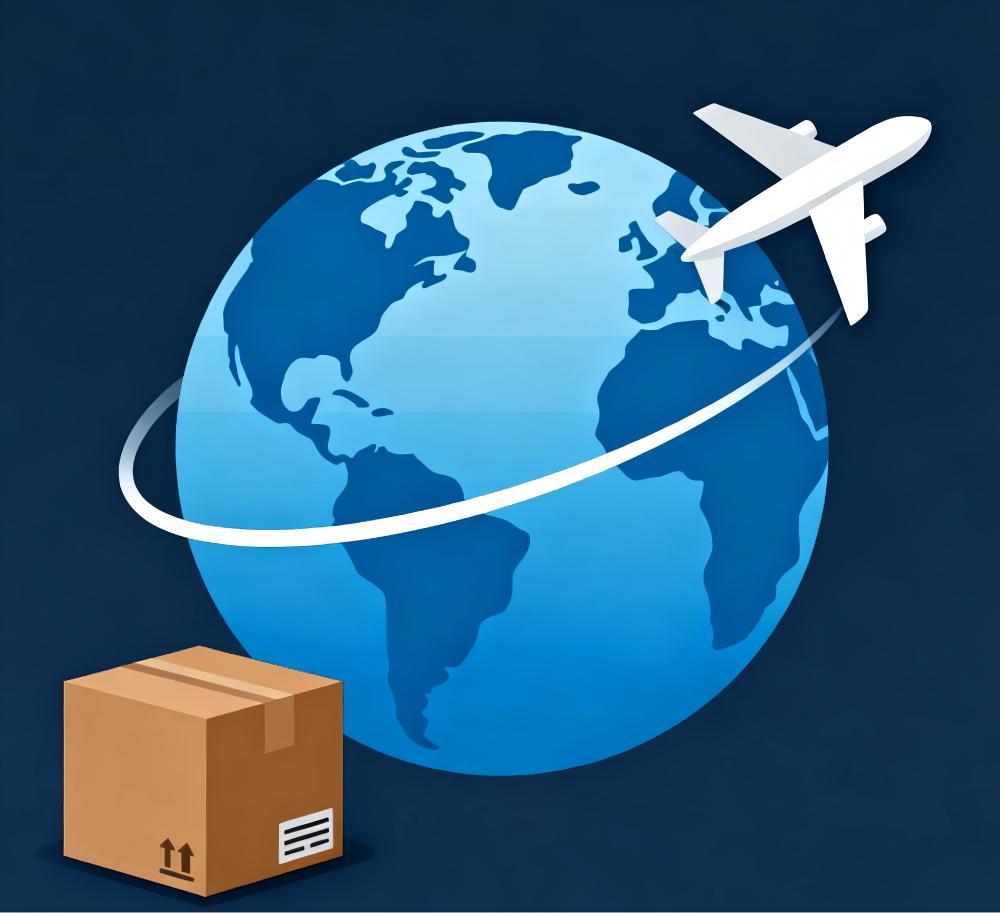BLOG
What is a TMS? An Introduction to Transport Management Systems
- wanmeili
- 2025-05-14
Introduction
In today’s global marketplace, the complexities of supply chain and logistics operations are more pronounced than ever. With increasing demands for efficiency, transparency, and speed, businesses face numerous challenges. These intricacies can make managing transportation processes daunting, yet they also present opportunities for organizations willing to adapt and innovate. In this landscape, technology plays a pivotal role in transforming logistics operations. By leveraging advanced tools and systems, businesses can better manage their supply chains, minimize delays, and optimize costs. This guide aims to provide beginners with a clear understanding of the Transport Management System(TMS). We will explore what TMS is, its key features, and how it can be effectively utilized to navigate the complexities of modern logistics, ultimately leading to improved performance and customer satisfaction. Let’s embark on this journey to demystify the world of transportation management and discover how technology can empower your logistics strategy.
What is a Transport Management System (TMS)?
A Transportation Management System (TMS) is a powerful software platform specifically designed to manage and optimize the transportation component of supply chains. In the modern logistics environment, where efficiency and accuracy are paramount, a TMS serves as an essential tool for businesses looking to enhance their operational performance.
Core Functions of TMS
Planning: A Transport Management System allows organizations to plan their transportation routes efficiently, taking into account various factors like delivery times, distances, and costs. This planning function ensures that shipments are organized optimally, making use of available resources to reduce waste and enhance service levels.
Execution: Once planning is complete, a TMS helps execute transportation plans by managing workflows, coordinating with carriers, and generating necessary documentation. This execution phase is crucial for ensuring that goods are moved according to plan, with real-time updates available to all stakeholders involved.
Monitoring: A TMS provides real-time visibility into freight movements, allowing companies to track shipments at every stage. This monitoring capability is beneficial for proactively addressing potential disruptions, providing accurate delivery estimates, and maintaining communication with customers.
Integration with Other Systems: To maximize its effectiveness, a TMS is often integrated with other systems such as Warehouse Management Systems (WMS) and Enterprise Resource Planning (ERP) systems. This integration facilitates seamless information flow across the supply chain, enabling better decision-making and enhanced coordination between different logistics functions. By connecting these systems, organizations can streamline operations, reduce errors, and improve overall supply chain performance.
Key Features of a TMS
A Transport Management System (TMS) encompasses a variety of key features that enhance its functionality and effectiveness within supply chain management. Here are some of the most important features:
1. Transportation Planning and Optimization
Route Optimization: Automatically generates the most efficient routes for shipments based on factors like distance, traffic patterns, and delivery windows.
Load Planning: Helps maximize cargo loads by optimizing the use of available space in vehicles, thereby reducing transportation costs.
Carrier Selection: Assists in selecting the best carriers based on cost, service quality, and reliability, ensuring the best fit for each shipment.
2. Execution and Freight Management
Shipment Tracking: Provides real-time visibility on shipment status, allowing businesses and customers to track the movement of goods.
Order Management: Manages order fulfillment processes by coordinating various transportation tasks and milestones.
Communication Tools: Facilitates communication between shippers, carriers, and customers to ensure a smooth logistics flow.
3. Settlement and Payment Processing
Invoice Management: Streamlines the invoicing process by automating invoice generation and approval workflows, reducing administrative effort.
Freight Auditing: Reviews freight bills to ensure accuracy and compliance with contracts, helping to identify overcharges and discrepancies.
Payment Processing: Integrates payment methods and gives insights into payment statuses, ensuring timely and accurate payments to carriers.
4. Reporting and Analytics
Performance Metrics: Tracks key performance indicators (KPIs) related to transportation efficiency, costs, and customer satisfaction.
Data Visualization: Offers dashboards and reports that provide insights into trends, allowing businesses to make data-driven decisions.
Forecasting: Analyzes historical data to better predict demand, optimize inventory levels, and plan transportation needs accordingly.
5. Regulatory Compliance and Documentation
Compliance Management: Ensures adherence to regulations such as DOT and EPA guidelines, helping businesses avoid penalties and liabilities.
Document Management: Automates the storage and retrieval of important shipping documents, such as bills of lading and customs documentation, ensuring compliance and facilitating audits.
Risk Management: Assesses potential risks in transportation processes and helps formulate strategies to mitigate them, ensuring smoother operations.
Benefits of Implementing a Transport Management System
Cost Reduction:
Decreases transportation costs through route optimization and better carrier selection.
Minimizes freight overcharges with automated auditing and compliance checks.
Enhanced Visibility:
Provides real-time tracking and status updates on shipments for all stakeholders.
Improves inventory management through better insight into shipment timelines.
Operational Efficiency:
Automates routine processes, reducing manual errors and administrative workload.
Enhances load planning, maximizing vehicle space and reducing the number of trips required.
Improved Customer Satisfaction:
Offers accurate delivery windows and timely updates, enhancing customer trust.
Streamlines communication between shippers, carriers, and customers, ensuring transparency.
Data-Driven Decision Making:
Provides analytics and reporting tools for insights into transportation performance and operational metrics.
Enables better forecasting and planning based on historical data trends and patterns.
Regulatory Compliance:
Ensures adherence to transportation regulations and legal requirements, reducing compliance risks.
Automates documentation processes, making compliance audits more straightforward.
Scalability:
Adapts to growing business needs and increased shipment volumes without significant additional overhead.
Supports multi-modal transportation and the integration of various carriers and suppliers.
Risk Management:
Identifies potential risks in the supply chain and provides tools for mitigation.
Enhances contingency planning with visibility into potential disruptions.
Sustainability:
Supports environmentally friendly practices by optimizing routes and reducing carbon footprints.
Provides insights into green logistics initiatives and helps track progress toward sustainability goals.
Implementing a TMS can lead to substantial improvements in efficiency and effectiveness, providing businesses with a competitive edge in the complex world of transportation and logistics.
How to Choose the Right TMS
Choosing the right TMS is a critical decision that can impact your supply chain efficiency and performance. Start by clearly defining your specific business needs and goals; assess factors such as shipment volume, modes of transportation used, like sea freight, and geographic reach. Consider the scalability of the TMS, Evaluate the features and functionalities offered by various systems, focusing on essential tools like real-time tracking, route optimization, reporting capabilities, and integration with supply chain management systems. A system that is intuitive will reduce training time and enhance user adoption. Additionally, look into vendor support and customer service; a responsive team can be invaluable during the whole period. Reading reviews and case studies from similar businesses can provide insights into real-world performance. Finally, consider the total cost of ownership, including implementation, maintenance, and potential hidden costs, ensuring that the selected TMS fits your budget while meeting your operational needs.
Conclusion
In conclusion, adopting a Transport Management System (TMS) is crucial for businesses looking to thrive in today’s dynamic logistics landscape. A TMS streamlines operations, enhances visibility across the supply chain, improves efficiency through automation, and ultimately reduces costs. By utilizing advanced features such as real-time tracking, route optimization, and robust reporting capabilities, companies can respond swiftly to changing market demands and customer needs, ensuring higher levels of service and satisfaction. The benefits extend beyond immediate operational improvements; a well-integrated TMS can provide strategic advantages that enhance decision-making and foster long-term growth.
As competition becomes increasingly fierce in the logistics sector, businesses that prioritize TMS adoption will differentiate themselves and stay ahead of the curve. Embracing a TMS is more than just an investment in technology; it is a commitment to building a more efficient, agile, and resilient supply chain. For companies aiming to enhance their logistics capabilities and maintain competitiveness, now is the time to consider implementing a TMS and unlocking its full potential for your business.
FAQs
What is a Transport Management System (TMS)?
A Transportation Management System (TMS) is a software platform designed to manage and optimize the transportation operations of businesses. It facilitates planning, execution, and analysis of the shipment process while providing key functionalities like route planning, load optimization, carrier selection, and freight auditing. By enhancing visibility and control over logistics, a TMS helps companies reduce costs, improve service levels, and increase overall operational efficiency.
What is the difference between a TMS and a Fleet Management Solution (FMS)?
While both a TMS and a Fleet Management Solution (FMS) aim to improve logistics efficiency, they focus on different aspects of transportation. A TMS centers on managing the entire transportation process, including planning, execution, and visibility of shipments. In contrast, an FMS primarily focuses on managing a company’s fleet of vehicles, including maintenance, driver performance, and fuel management. Essentially, a TMS optimizes logistics while an FMS ensures the effective operation of the fleet.
What types of Transport Management System are available?
There are several types of Transport Management Systems, including cloud-based, on-premises, and hybrid solutions. Cloud-based TMS offers flexibility and scalability, accessible via the internet, while on-premises solutions are installed locally and allow for greater control. Additionally, there are TMS solutions tailored for specific industries, such as retail, manufacturing, and third-party logistics, catering to unique transportation needs and regulatory requirements.
What is the difference between a TMS and a Routing solution?
A TMS encompasses a broader scope, managing overall transportation planning, execution, and freight management. Within this framework, route optimization is one of its functions. On the other hand, a Routing solution specifically focuses on optimizing delivery routes for efficiency and cost-effectiveness, often considering factors like distance, traffic patterns, and delivery windows. In essence, a TMS includes features beyond routing, while a Routing solution is a more specialized tool aimed at improving route efficiency.



